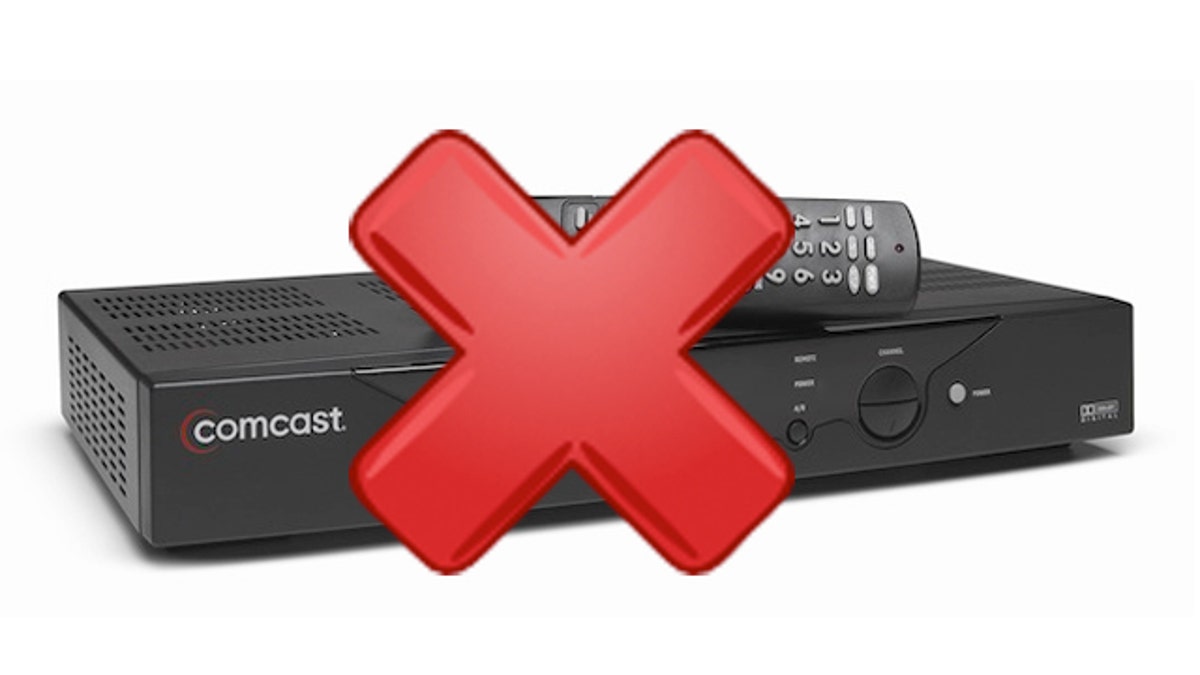
Do streaming service on consumer electronics from companies ranging from Apple to Microsoft to Wetern Digital herald an end -- at last -- to the cable set top box?
It's been a thorn in the backside of couch potatoes for decades: the underpowered, clunky, costly cable box. They tried to kill it with CableCards, then IPTV, and then Netflix. But nothing could slay the beast.
Could companies like Microsoft and Roku finally put a stake in the cable box's heart?
Sony hinted at the demise of the cable box last January, when CEO Howard Stringer mentioned that the company would introduce an HDTV that worked directly with Time Warner cable -- no need for a set-top box. An unforeseen attack on the company's network consumed Sony's attention for much of the year, however, and no Time Warner Sony TV has appeared.
"We are continuing to work with various content providers and broadcasters on the implementation of these types of new products," a Sony spokesman told FoxNews.com when asked what happened to those plans. In other words, they're still twisting arms.
But consumer electronics companies would love to deliver programs and channels directly to viewers, and that is happening more and more. There are more than half a dozen set-top boxes -- if not from A to Z then from Apple to Western Digital at least. And they offer streaming video services from hundreds of sources for $99 or less.
Netflix was the pioneer service, but just about every company that produces or distributes video or television programming has jumped into the mix. The reason: Technology is threatening the old cable and satellite businesses.
"Now they're forced to come to the table," Anthony Wood, the CEO of popular streaming device maker Roku, told me at a meeting last week. Cable companies and movie studios will have to deal with the new online services -- and soon.
Microsoft has been demonstrating how its Xbox 360 could replace the cable or satellite set-top box for a long time. Some new deals may at last herald the shape of things to come: Later this year Comcast will offer its streaming Xfinity On Demand service on the Xbox, and Verizon Fios (a spoiler in this business) will deliver "a selection" of its live TV channels as well. HBO Go also joins these suppliers.
The catch, of course, is that you still have to subscribe to these sources to get the shows on the Xbox. Companies are using something they call authentication (essentially, just a way of logging in) to confirm that you are a subscriber; only then you can watch your shows wherever you are on whatever device you like.
Still, the new arrangements demonstrate that the cable boxes in our homes are basically superfluous. A variety of gadgets in the living room could easily replace them.
The cable box may not be the first thing to disappear, however. Your DVR may become a ghost first, said Roku's Wood -- who is himself one of the inventors of the DVR. He thinks there's no need for DVRs, thanks to all the streaming content available at the push of a button -- the Roku boxes, which start at $49, have about 330 different channels, for instance.
That's why the Xbox or Apple TV or Google TV may never offer a recording option.
Nevertheless, I'd still like to get rid of the cable box and eliminate the monthly rental fee for the box. Not to mention that cable company remote I never use.
Follow John R. Quain on Twitter @jqontech or find more tech coverage at J-Q.com.
